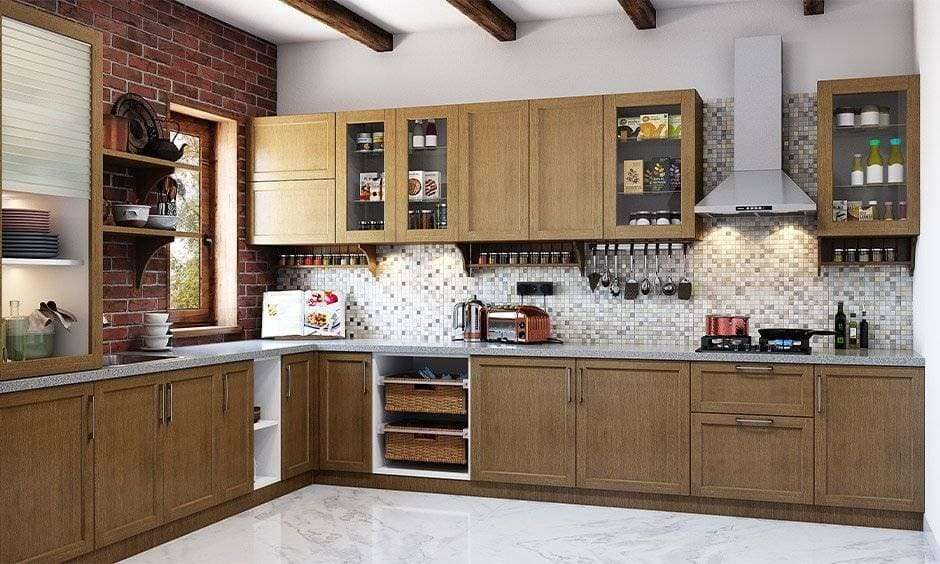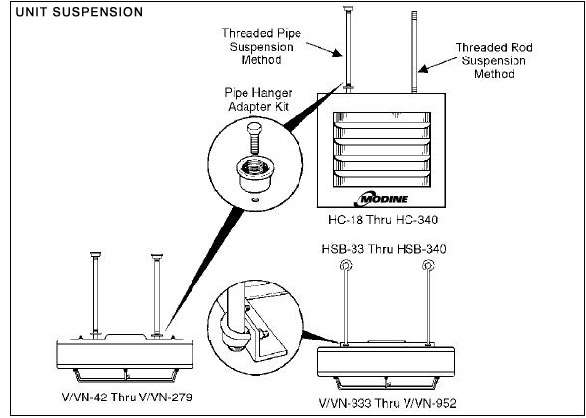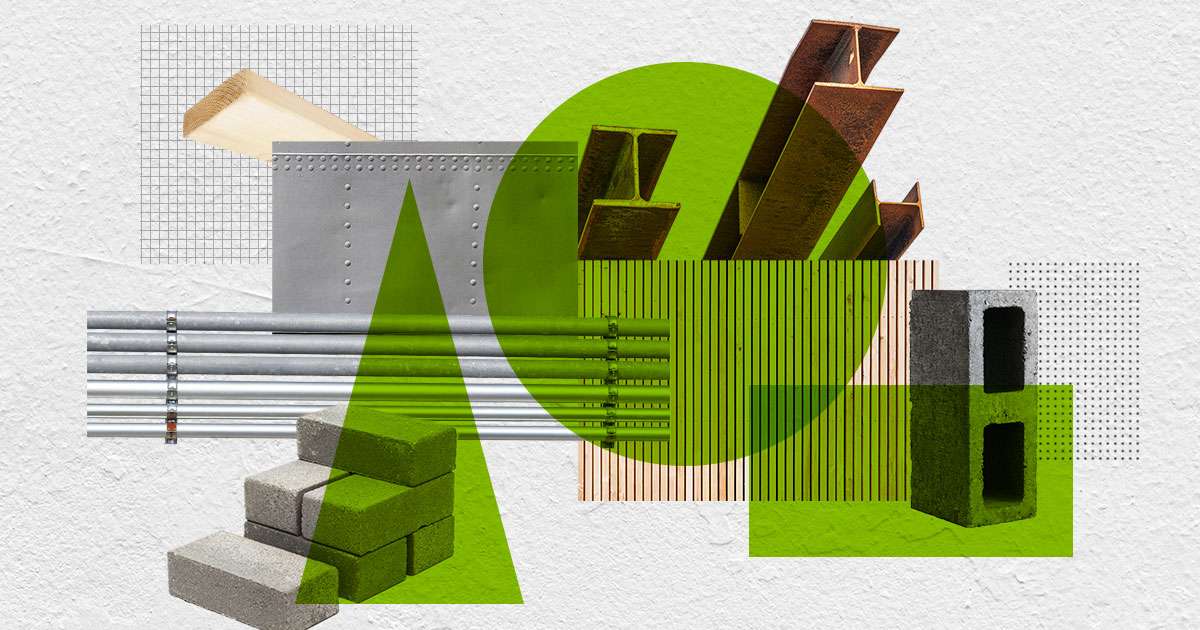Creating a safe and comfortable bathroom for elderly individuals requires careful consideration of their specific needs and limitations. The goal is to minimize risks of falls and injuries while maximizing independence and ease of use. Thoughtful planning, incorporating appropriate fixtures and accessories, and focusing on accessibility are crucial elements of the best bathroom design for elderly. This ensures a functional and dignified space that promotes well-being and peace of mind. This means considering things like grab bars, non-slip flooring and easy to reach storage solutions.
Key Considerations for Elderly Bathroom Design
Designing a bathroom for elderly users involves more than just adding a few grab bars. It requires a holistic approach that addresses mobility, vision, and cognitive challenges. Prioritizing safety, accessibility, and comfort are paramount. Let’s delve into some essential elements:
- Accessibility: Ensure easy entry and exit to the bathroom and shower area. Consider a zero-threshold shower or a walk-in tub.
- Safety: Install grab bars near the toilet, shower, and tub. Use non-slip flooring throughout the bathroom.
- Lighting: Provide ample, glare-free lighting to improve visibility and reduce the risk of falls.
- Comfort: Incorporate features that promote comfort, such as a heated toilet seat or a shower seat.
- Storage: Optimize storage with easy-to-reach shelves and drawers. Avoid cluttered countertops and floors.
Specific Design Elements
Shower and Bathing Area
The shower and bathing area are often the most hazardous areas in the bathroom for elderly individuals. Therefore, careful planning is essential. Consider the following:
- Walk-in Tubs: These tubs have a low entry point and a built-in seat, making them easier to access than traditional tubs.
- Zero-Threshold Showers: These showers have no curb, eliminating the need to step over a barrier.
- Shower Seats: Provide a comfortable and safe place to sit while showering.
- Adjustable Shower Heads: Allow users to easily adjust the height and angle of the shower head.
- Grab Bars: Install grab bars near the shower entrance and along the shower walls.
Toilet Area
The toilet area also requires careful attention to ensure safety and accessibility.
- Raised Toilet Seats: These seats make it easier to sit down and stand up.
- Grab Bars: Install grab bars on both sides of the toilet.
- Bidet Attachments: These attachments can improve hygiene and reduce the need for wiping.
Creating a best bathroom design for elderly doesn’t need to be a daunting task. With careful planning and attention to detail, you can create a bathroom that is safe, comfortable, and accessible for everyone. The ultimate goal is to enhance their quality of life and promote their independence. Remember to consult with an occupational therapist or bathroom designer to ensure that the bathroom meets the specific needs of the user.
Beyond the core fixtures, consider the smaller details that can significantly impact the user’s experience. Think about lever-handled faucets, which are easier to grip and turn than traditional knobs, especially for individuals with arthritis. Similarly, opt for slip-resistant rugs or mats to add an extra layer of safety, particularly in areas prone to moisture. Pay attention to color contrast; using contrasting colors for fixtures and walls can aid those with visual impairments in distinguishing surfaces and objects.
Embracing Technology and Innovation
Modern technology offers numerous solutions to enhance bathroom safety and convenience for the elderly. Explore options such as:
- Smart Toilets: Features like automatic flushing, seat warming, and bidet functions can promote hygiene and independence.
- Voice-Activated Controls: Control lighting, temperature, and even water flow with voice commands, eliminating the need for manual operation.
- Emergency Call Systems: Install a discreet emergency call system that allows the user to summon help quickly in case of a fall or other emergency.
- Motion-Sensor Lighting: Ensure the bathroom is always well-lit by installing motion-sensor lights that automatically turn on when someone enters.
Budget Considerations and Prioritization
Remodeling a bathroom can be a significant investment, so it’s essential to prioritize your needs and budget accordingly. Start by identifying the most critical areas for improvement, such as shower accessibility or toilet safety. Consider phasing the remodeling project to spread out the costs over time. Explore available grants or financial assistance programs that may help offset the expenses of age-in-place modifications. Remember that investing in a safe and comfortable bathroom can provide long-term benefits, enhancing the user’s quality of life and reducing the risk of costly accidents.
Maintenance and Upkeep
Once the bathroom is remodeled, ongoing maintenance is crucial to ensure its continued safety and functionality. Regularly inspect grab bars, shower seats, and other safety features to ensure they are securely installed and in good working order. Clean the bathroom frequently to prevent the buildup of mold and mildew, which can create slippery surfaces. Replace worn or damaged fixtures promptly to maintain a safe and comfortable environment. By taking these steps, you can help ensure that the bathroom remains a valuable asset for years to come.



